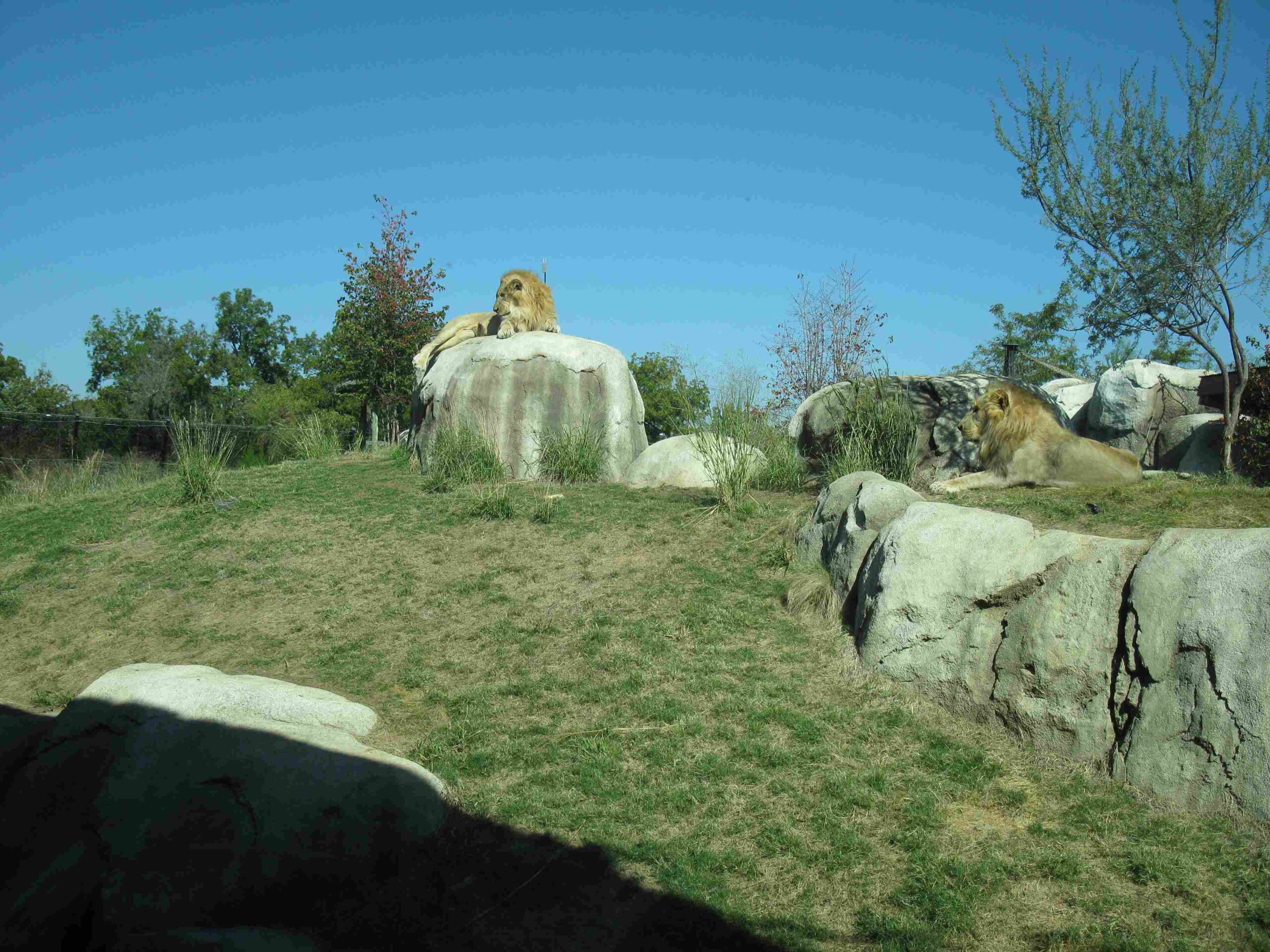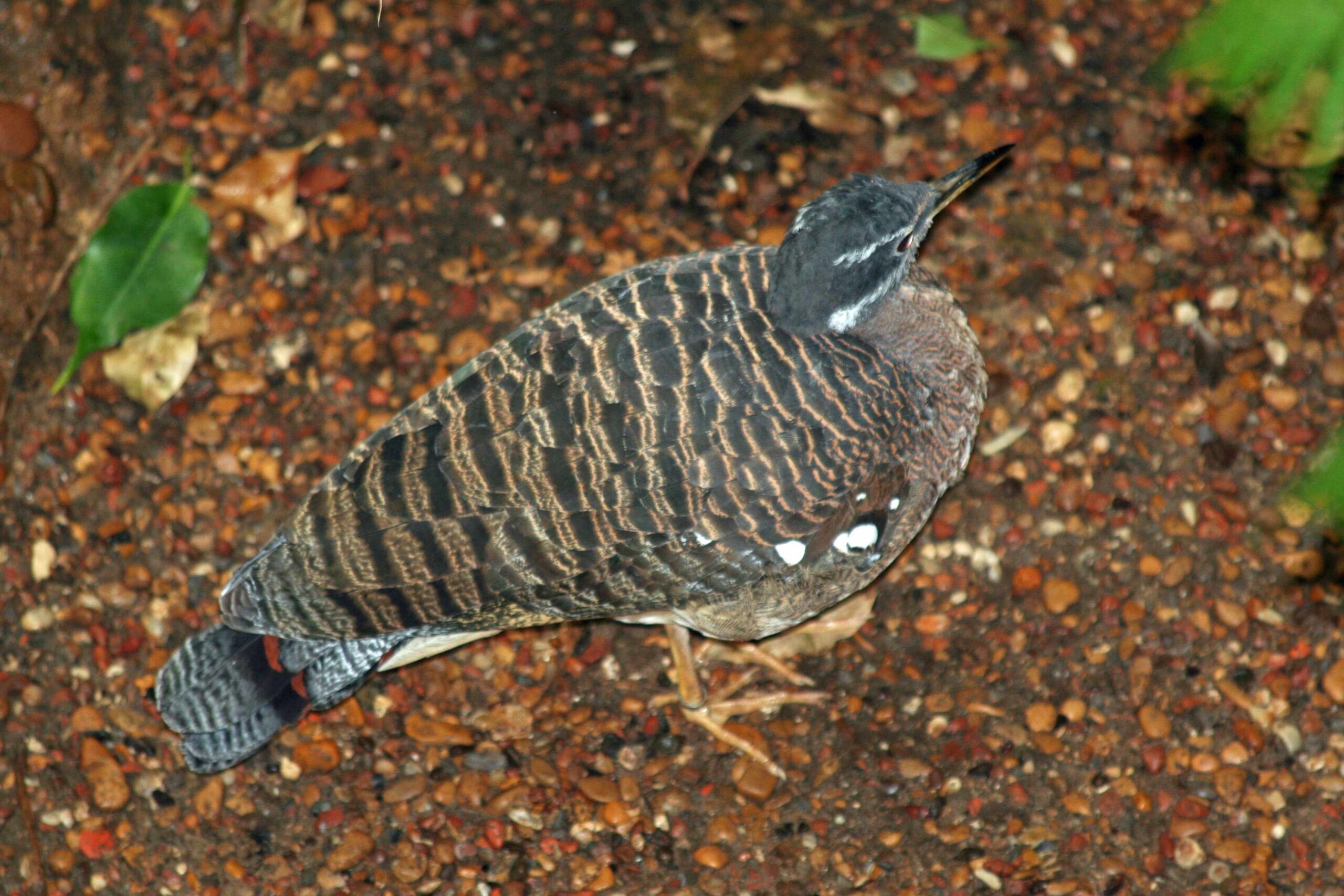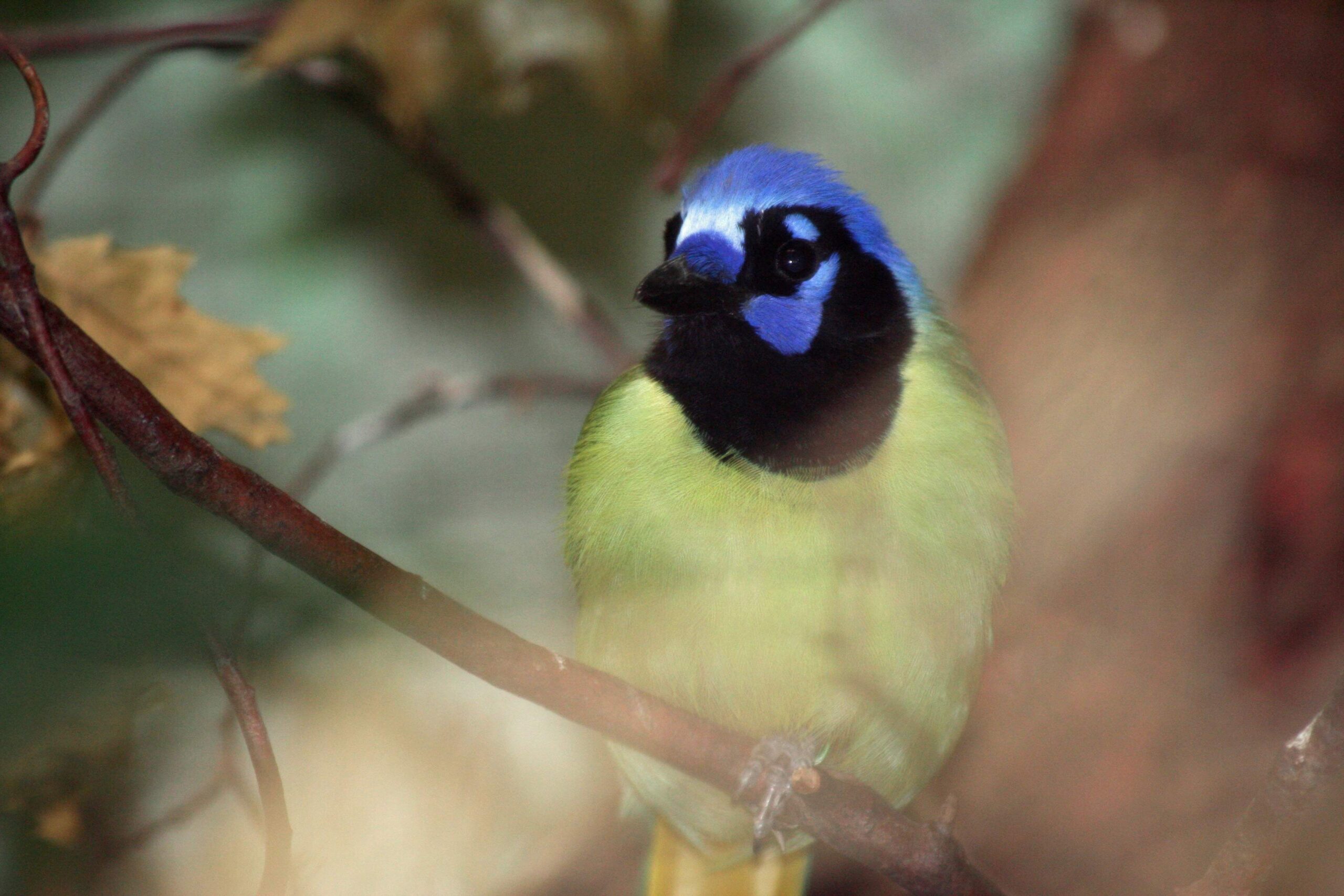The Dallas Zoo is home to a variety of adorable and fascinating cubs, including baby giraffes, elephants, and other species. These young animals are a major attraction for visitors, offering unique opportunities to observe early development and behavior. The zoo provides specialized care for its cubs, ensuring their health and growth while educating the public about conservation efforts. From feeding schedules to habitat designs, the Dallas Zoo’s commitment to its youngest residents is evident in every aspect of their care.
What Are the Latest Additions to the Dallas Zoo Cub Family?

The Dallas Zoo has welcomed several new cubs in recent years, each bringing excitement and educational opportunities for visitors. Here’s a list of some of the most notable recent additions:
- Korbel – Baby Giraffe
- Travis – Elephant Calf
- Brazos – Elephant Calf
These cubs represent not only the success of the zoo’s breeding programs but also serve as ambassadors for their species, helping to raise awareness about conservation efforts.
How Can Visitors See the Dallas Zoo Cubs?

Visitors eager to catch a glimpse of the Dallas Zoo cubs have several options:
- Giraffe Habitat: Korbel, the baby giraffe, can be seen in the giraffe habitat during regular zoo hours (typically 9 a.m. to 5 p.m.).
- Elephant Springs: Travis and Brazos, the elephant calves, are viewable daily from 10 a.m. to 2 p.m., with potential extended yard time depending on weather conditions.
- Keeper Chats: These educational sessions often provide insights into the care and behavior of young animals.
It’s important to note that viewing times may vary based on the cubs’ health, weather conditions, and other factors. Visitors are encouraged to check the zoo’s website or inquire at the information desk for the most up-to-date viewing schedules.
What Special Care Do Dallas Zoo Cubs Receive?
The Dallas Zoo provides specialized care for its cubs to ensure their health and proper development. While specific details for each species may vary, here are some general aspects of cub care at the zoo:
- Nutrition: Customized feeding plans tailored to each cub’s species and developmental stage.
- Veterinary Care: Regular check-ups and monitoring to ensure optimal health.
- Habitat Design: Specially designed living spaces that cater to the needs of young animals.
- Enrichment Activities: Age-appropriate activities to stimulate physical and mental development.
- Socialization: Carefully managed interactions with their own species and, when appropriate, humans.
Are There Special Feeding Times for Dallas Zoo Cubs?
While the zoo doesn’t publicize specific feeding times for cubs, there are opportunities for visitors to observe and even participate in feeding activities:
| Animal | Feeding Opportunity | Time |
|---|---|---|
| Giraffes | Giraffe Feeding Platform | 10 a.m. to 5 p.m. daily |
| Elephants | No public feeding | N/A |
| Other Species | Varies | Check zoo schedule |
It’s important to note that these feeding times are for the general animal population and may not specifically include cubs. However, they offer a chance to learn about the dietary needs of different species at various life stages.
What Educational Programs Focus on Dallas Zoo Cubs?
The Dallas Zoo offers several educational programs that may include information about cubs and young animals:
- Keeper Chats: These sessions often provide insights into the care and behavior of various animals, including young ones.
- Member Mornings and Festivals: Exclusive events for zoo members that sometimes focus on specific species or new additions to the zoo family.
- Summer Camps: Educational programs that include close-up animal encounters, games, and creative projects.
- Educational Tours: Guided experiences that can include interactions with various animals and information about their care.
While these programs may not exclusively focus on cubs, they often include valuable information about animal development, care, and conservation efforts.
How Does the Dallas Zoo Contribute to Conservation Through Its Cub Program?
The Dallas Zoo’s cub program plays a crucial role in its conservation efforts:
- Species Preservation: Successful breeding of endangered species helps maintain genetic diversity and population numbers.
- Research: Observing cubs provides valuable data on animal development and behavior.
- Public Education: Cubs serve as ambassadors, helping to educate the public about conservation issues.
- Fundraising: The popularity of cubs often helps generate support for conservation initiatives.
By caring for and showcasing cubs, the Dallas Zoo not only ensures the survival of individual animals but also contributes to broader conservation goals.
What Are the Long-Term Plans for Dallas Zoo Cubs?
The long-term plans for Dallas Zoo cubs vary depending on the species and individual circumstances. However, some general considerations include:
- Integration into Adult Habitats: As cubs grow, they are gradually introduced to adult habitats and social groups.
- Participation in Breeding Programs: Some cubs may become part of Species Survival Plan breeding programs to support genetic diversity.
- Potential Transfers: Some cubs may be transferred to other accredited zoos as part of collaborative conservation efforts.
- Ambassador Roles: Certain animals may be trained for educational programs or animal ambassador roles.
The zoo’s primary focus is always on the well-being of the animals and their contribution to conservation efforts.
In conclusion, the Dallas Zoo cubs represent an important aspect of the zoo’s mission, combining conservation, education, and public engagement. By providing specialized care and creating opportunities for visitors to connect with these young animals, the zoo plays a vital role in fostering an appreciation for wildlife and supporting global conservation efforts.
Reference:
1. Fort Worth Zoo – Babies
2. Dallas Zoo – Encounters & Experiences
3. Dallas Zoo – Events

